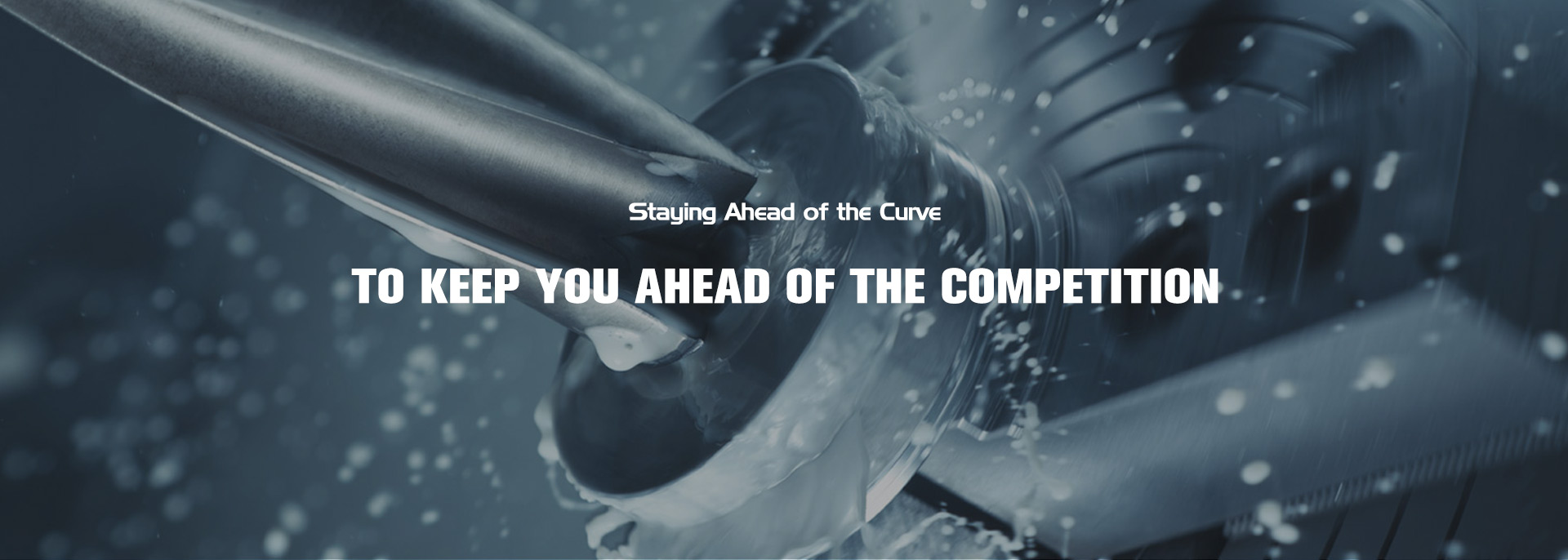Power Steering Hose Connector Overview and Installation Guide for Vehicle Maintenance
Understanding Power Steering Hose Connectors
Power steering is a crucial component of modern vehicles, providing drivers with the ability to steer with minimal effort. One often-overlooked aspect of this system is the power steering hose connector, an integral part that facilitates the flow of hydraulic fluid between the power steering pump and the steering mechanism. In this article, we will explore the function, types, and maintenance of power steering hose connectors, as well as their impact on vehicle performance.
The Function of Power Steering Hose Connectors
Power steering operates on the principle of hydraulic pressure. The power steering pump generates pressure in the hydraulic fluid, which is then directed through hoses to assist in steering the vehicle. The power steering hose connector plays a vital role in this system by ensuring that the high-pressure fluid flows seamlessly from the pump to the steering gear. This connector not only prevents fluid leaks but also is designed to withstand high pressure and withstand the effects of temperature fluctuations and fluid exposure.
The efficient functioning of the power steering system hinges on the integrity of these connectors. A faulty or damaged power steering hose connector can lead to significant issues, including reduced steering capability, fluid leaks, and eventual damage to the power steering pump or rack and pinion assembly.
Types of Power Steering Hose Connectors
Power steering hose connectors come in various designs to match different automobile manufacturers' specifications
. The most common types include1. Barbed Connectors These connectors have ridges (or barbs) that grip the hose firmly when attached. They are often used in low-pressure systems and are typically made of plastic or metal.
power steering hose connector

2. Crimped Connectors Common in higher-pressure applications, crimped connectors use a metal sleeve to secure the hose to the connector. This design provides a more secure connection and is less prone to leaks, making it ideal for modern power steering systems.
3. Threaded Connectors Some power steering systems utilize threaded connectors that screw into place, offering a strong and reliable connection between components. These are particularly popular in systems where hoses are routinely disconnected, as they allow for easy maintenance.
Maintenance and Replacement
Maintaining the power steering hose connectors is vital for ensuring the overall health of the steering system. Drivers should regularly check the connectors for signs of wear, such as cracking, bulging, or leaks. Any indication of damage warrants immediate inspection and possible replacement.
If a power steering hose connector needs to be replaced, it is essential to use a high-quality component that meets or exceeds original equipment manufacturer (OEM) specifications. This will ensure compatibility and durability, ultimately extending the life of the power steering system.
Conclusion
In summary, the power steering hose connector is a small but critical component of a vehicle's power steering system. Its ability to maintain hydraulic fluid flow affects the system's efficiency and the driver's steering experience. Understanding the function, types, and maintenance of these connectors empowers vehicle owners to take proactive steps in ensuring their power steering system operates smoothly. Regular inspections and timely replacements can prevent severe issues, ensuring both safety and performance on the road. Whether you are a car enthusiast or an everyday driver, recognizing the importance of power steering hose connectors can lead to a more reliable and enjoyable driving experience.
-
Ultimate Spiral Protection for Hoses & CablesNewsJun.26,2025
-
The Ultimate Quick-Connect Solutions for Every NeedNewsJun.26,2025
-
SAE J1401 Brake Hose: Reliable Choice for Safe BrakingNewsJun.26,2025
-
Reliable J2064 A/C Hoses for Real-World Cooling NeedsNewsJun.26,2025
-
Heavy-Duty Sewer Jetting Hoses Built to LastNewsJun.26,2025
-
Fix Power Steering Tube Leaks Fast – Durable & Affordable SolutionNewsJun.26,2025

